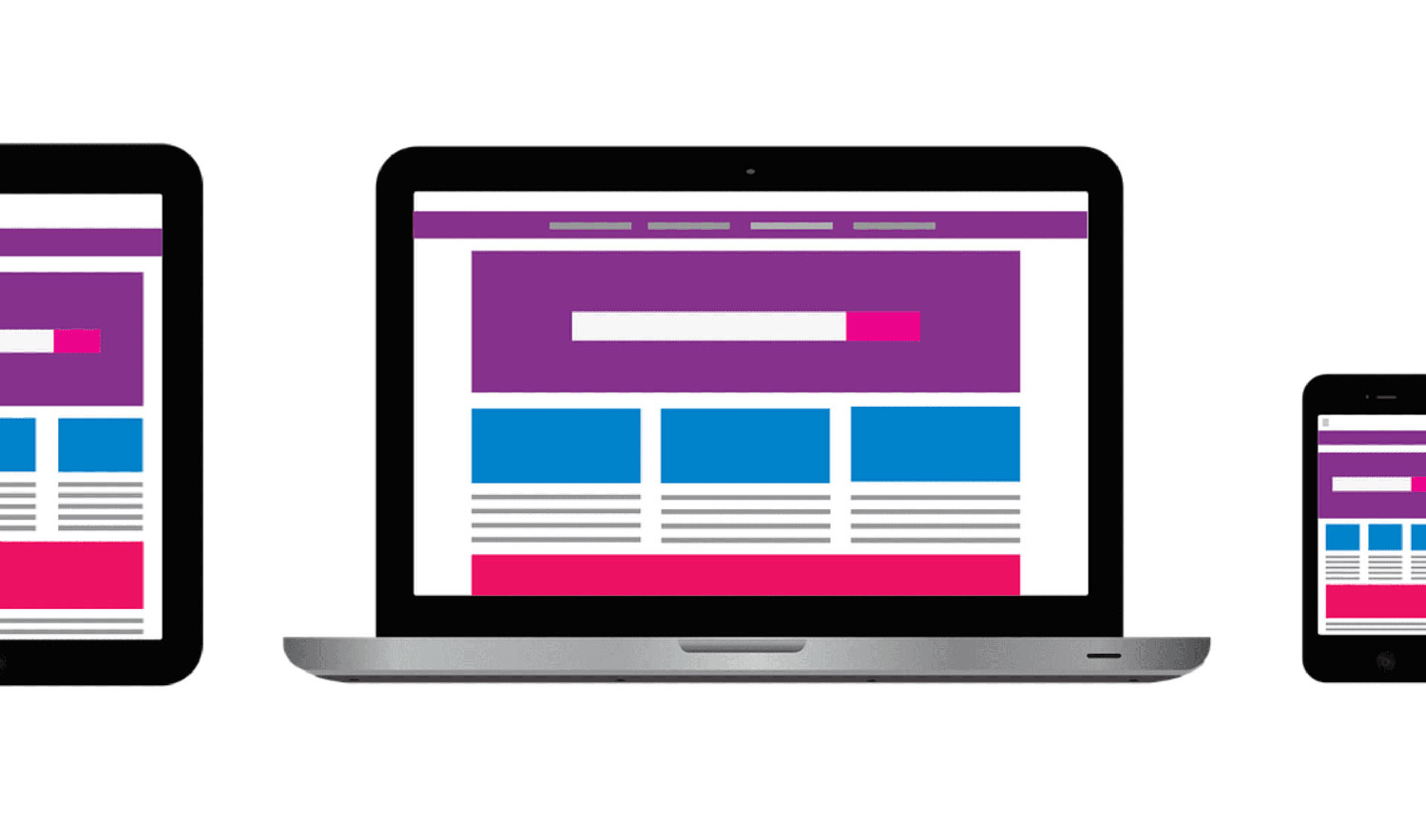
As over 50% of shopping is done online using eCommerce websites, the number of such websites is increasing rapidly. The level of convenience these websites offer is the primary reason why they engage and entice shoppers. The massive popularity of online retailers like Amazon and Flipkart has inspired more online ecommerce stores to sell online and generate revenue.
However, before launching your online ecommerce website, you have to keep in mind several things about its usability and design. A good website design helps to convert visitors into paying customers. The website should comprise all standard features with some advanced add-ons to serve the buyers better.
Key Elements of an eCommerce Website
You can start with a basic ecommerce website and keep adding features and functions as its scope grows. That means, you needn’t have all the latest and advanced features in your website in the very beginning. All that you should ensure is that the website has all the essential features required to provide customers a seamless shopping experience.
The article incorporates some of the essential and highly required features that an ecommerce website must have.
Mobile-Friendly Website
At times when most of the customers head to their mobile phones to buy products, it’s important that your ecommerce website offers a consistent user experience to the shoppers on the mobile. While designing the website, make sure that it’s mobile friendly and loads faster.
It’s now essential more than ever since mobile-friendliness is now a ranking factor. If statistics are to be believed, smartphone conversion rates are up 64% over desktop conversion rates.
Easy Navigation
Navigation on an ecommerce website helps users reach a particular link without wandering uselessly. With a rightly placed website navigation, you can provide users the quickest path to the information they are looking for.
Irrespective of the devices your website is opened on, its navigation should allow shoppers to access all the product and features in just a few clicks. While designing the navigation plans do the following:
- Make parent categories prominent
- Introduce your subcategories
- Have a category just for new arrivals
- Include a noticeable search bar
- Have a conventional navigation design
Short Load Time
Load time of an ecommerce website significantly impacts its overall performance. It directly affects the user experience. A user immediately moves to your competitor’s website if the website takes more than 3 seconds to load.
Thus, if you really want your potential customers to stick to your website and buy your products or services, optimise your website’s page speed. It improves customer experiences and multiplies your website’s conversion rate.
Security Information and Trust Signals
Customers don’t provide their financial information such as credit card details easily unless they find your website secure and trustworthy. With strong trust signals in place, you can ask for credit card numbers and billing addresses from your customers to complete a purchase.
A padlock with secured SSL from an authentic agency and anti-virus protection are some trust signals that go in your favour. If you’re new to the ecommerce business, buyers will first make sure that their information will be safe against potential misuse of data.
Wishlist
A wishlist on the website provides buyers a way to save the products that they may buy later. While a user browses the products on the website, wishlist adds the products in a separate list. Once you’re done with the product discovery, you can buy those products. To retain your loyal customer and increase the engagement rate, allow them to create a wishlist.
Product Filtering, Sorting, and Search
A website should provide customers a way to narrow down their search. It speeds up the customer journey and helps them to complete the purchase early.
Options available for sorting and filtering of the products help customers to find the exact product they are looking for. Eventually, these are effective ecommerce website tools that help customers control their shopping experience.
Related Items and Product Recommendations
It’s absolutely not possible for customers to browse all the products available on your website. There are always some new products related to their existing purchase available on the website that your buyers don’t know about.
Using features like “Related Items”, “you might like this” or “recommended products”, you can attract buyers to do more shopping and engage longer on your website.
User Reviews
Before buying products online, buyers tend to read product reviews to get the actual feedback about that product. Existing buyers write their experience with these products in the review section.
You should also include a product review section on your website. The more positive reviews buyers post on the website, the more it will encourage other buyers to buy from your website confidently.
FAQs
You may have provided every minute detail about the product to the buyer he is interested in. But still, there are queries he needs answers for. The query may be related to payments, returns and refund and shipping etc. Buyers are always ready with a bunch of
repetitive questions you have to answer. An FAQ section is the best way to deal with these redundant questions. Create the section to help your customers get the answers of their frequently asked questions.
Conclusion:
If you are planning to launch an eCommerce website, no need to settle on a website with high-end design and pro features. You may scale later. You have just started, so a website should be user-friendly, easy to use and easily accessible. All that you have to make sure is that it has all the elements discussed above and delivers customers a consistent shopping experience.

Tarun Gupta, CEO of Brainpulse Technologies, is a prolific author and digital marketing specialist. His insightful writings span SEO, content marketing, social media strategy, and email campaigns, offering invaluable expertise to businesses worldwide. Tarun’s contributions continue to shape the digital marketing landscape, guiding success in multiple niches.